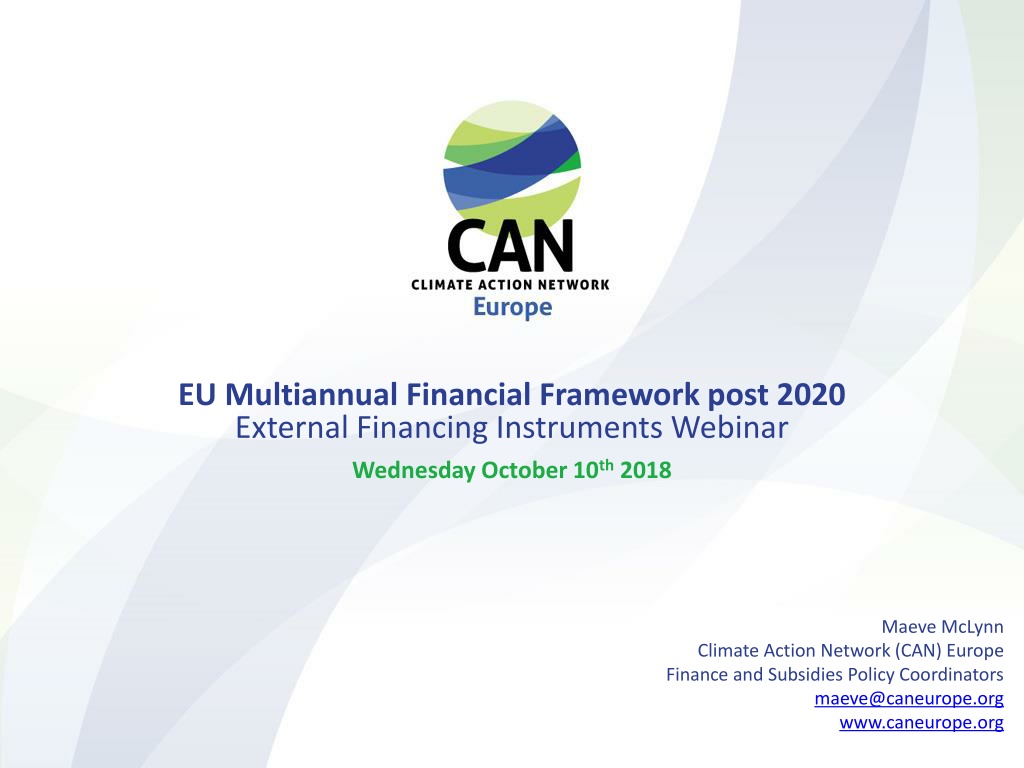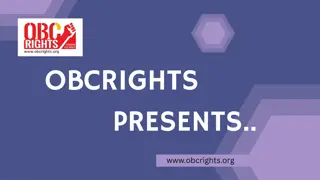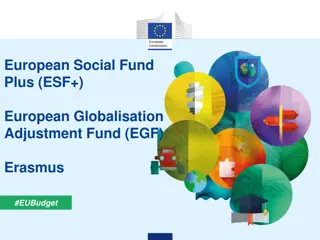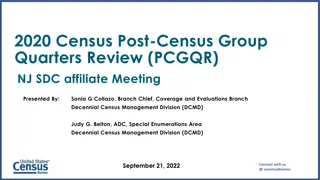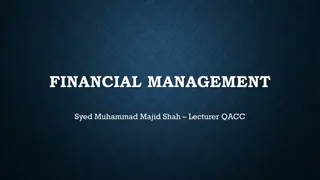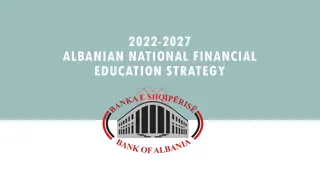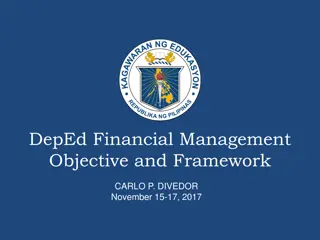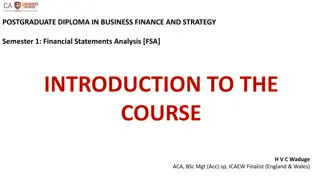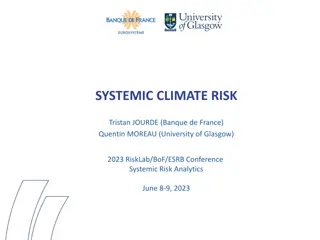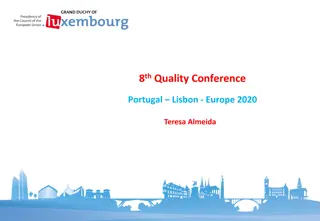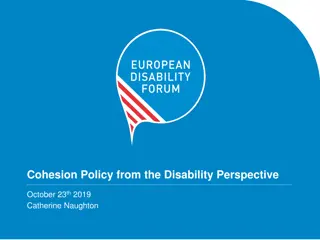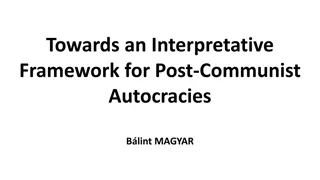EU Multiannual Financial Framework post 2020
Sitting positions lead to higher pressure compared to lying postures, increasing the risk of pressure injuries. Proper positioning and repositioning techniques are crucial in preventing pressure injuries in patients with sacral or ischial wounds. Techniques such as using appropriate cushions, shifting weight, promoting family involvement, and limiting sitting sessions are recommended.
Download Presentation

Please find below an Image/Link to download the presentation.
The content on the website is provided AS IS for your information and personal use only. It may not be sold, licensed, or shared on other websites without obtaining consent from the author.If you encounter any issues during the download, it is possible that the publisher has removed the file from their server.
You are allowed to download the files provided on this website for personal or commercial use, subject to the condition that they are used lawfully. All files are the property of their respective owners.
The content on the website is provided AS IS for your information and personal use only. It may not be sold, licensed, or shared on other websites without obtaining consent from the author.
E N D
Presentation Transcript
EU Multiannual Financial Framework post 2020 External Financing Instruments Webinar Wednesday October 10th 2018 Maeve McLynn Climate Action Network (CAN) Europe Finance and Subsidies Policy Coordinators maeve@caneurope.org www.caneurope.org
Important Backdrop Making finance flows consistent with a pathway towards low greenhouse gas emissions and climate-resilient development - Paris Agreement, Article 2
The current MFF and climate finance commitments 20% of the EU budget on climate action For international climate finance, this equates to 14 billion over the 7-year budget period All in the form of grants & public funding Channelled mainly through the Development Cooperation Instrument (EU budget) and the European Development Fund (currently outside of the EU budget)
The current MFF and international climate finance in numbers Mitigation, adaptation & cross-cutting 2011 2012 2013 2014 2015 2016 EU Budget (est) 155 277 650 640 992 European Development Fund (est) 499 678 418 41 523 Total 654 959 1,068 681 1,515 2,732 Source: Act Alliance EU Report & Briefing, 2018
The MFF and international climate finance in numbers (3) The figure shows the adaptation-mitigation share over time. EC-EDF s around 50% - 50% EIB share of adaptation funding has remained close to an average of 4% over the 2013-2016
New MFF Proposal Fair and Balanced A new Architecture for the Future In billion euro, current prices
New external instruments Broad Instrument: 73% Instrument for Pre-Accession Assistance: 12% Humanitarian Aid: 9% Common Foreign and Security Policy (CFSP): 2% Flexibility Cushion: 2% Overseas territories & countries/ Greenland: 0,4% Others: 1,06% Total: EUR 123 bn
Notable shifts in political direction of external action The proposed Regulation - Neighbourhood, Development and International Cooperation Instrument (NDICI) combines the objectives of EU Foreign Affairs and international development cooperation The Regulation seeks to serve Agenda 2030, the European consensus on development, and the Global Strategy on Foreign and Security policy Thus it promotes the EU s interests, objectives & values in neighbouring and partner countries; demonstrates reaction to recent migration trends in the European Neighbourhood Simplification and flexibility key aspects of the instruments to allow for funding unexpected challenges or trends
External Instruments Architecture Geographic Programmes 68 million (priority) receive the bulk of funding Thematic Programmes 7 million (secondary) smaller pot of funds that finance a number of core and small-scale projects Rapid Response 4 million(tertiary) to support quick response to crises
External Instruments Architecture & Climate Action EC development cooperation through current & proposed instruments does not support fossil fuel infrastructure Targeted climate action is covered in thematic programmes (Global Public Goods and Challenges budget of 3 mln) But the 25% climate action target for whole budget needs to be reflected & operationalised across the Geographic Programmes Opportunity in NDICI to make all overseas support Paris compatible; in particular support for NDC implementation, resilience-building & longer term sustainable development plans
Brief Impressions of CSOs of the design of the Regulation CONS PROS Not clear how it will guarantee sustainability, accountability or transparency standards Less fragmentation of the numerous financial instruments, Growing reliance on private financing and blending instruments (EFSD+) poses a risk to climate objectives & action, particularly in lower-income countries & communities Overall a higher pot of money for external action Mainstreams climate, environment, gender and aligns funding with development plans in partner countries Heavy focus (and funding) on geographic programmes which don t have a good track record on mainstreaming climate change
Links to Climate Convention & Paris climate finance commitment Increasing the share of climate action in EU external instruments will ensure that climate finance support will remain (at least) consistent & (ideally) increase Ongoing pressure on the EC and Member States to increase and guarantee support to adaptation EU budget brings into light reporting and methodology of climate finance, in parallel with UNFCCC discussions on methodology opportunity to improve and better streamline EU reporting standards Tailored and coherent support for NDC implementation in developing countries
Advocacy Opportunities EU level: European Parliament outreach (DEVE & AFET Committees); building alliances with progressive MEPs Perm Reps especially large and medium donor countries; National level: Development & environment ministries Busy year ahead of Foreign Affairs and General Affairs Council meetings; targeted messages to ministries & Ministers For this, we need to Inform & (ideally) mobilise CAN Europe member groups to engage with their governments Question: Do national groups need more information/resources/material on climate action in EU spending?
